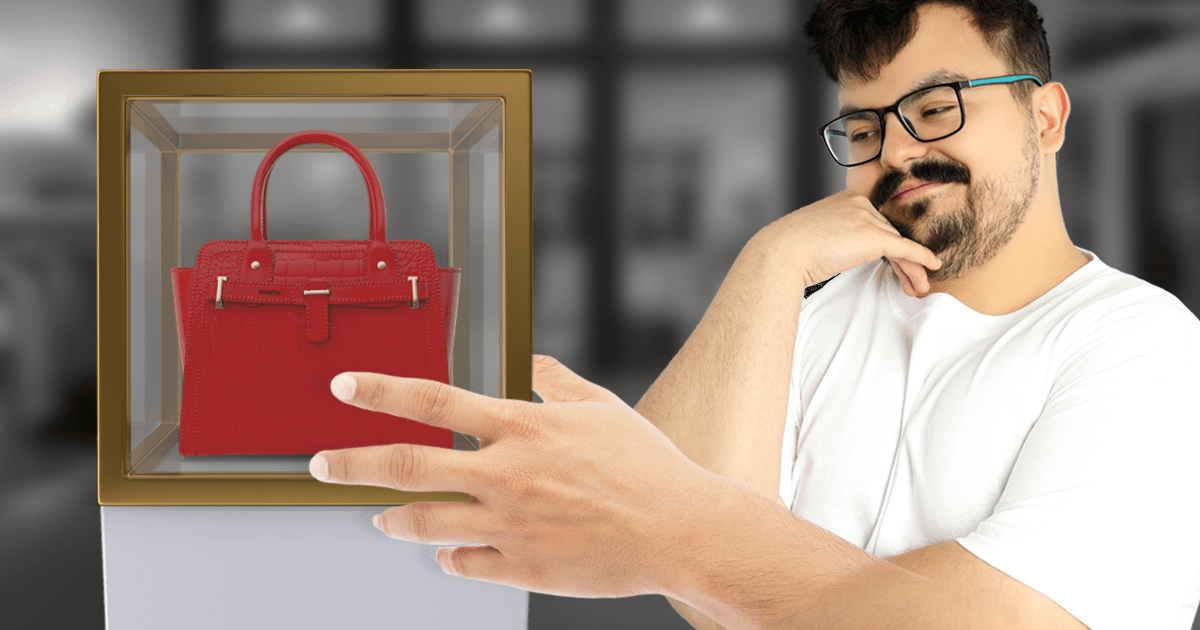Luxury Branding
Tactic
Enclose Luxury Products in Glass
Products seem inferior when other people have touched them.

Overview
Luxury products are more appealing when they are less accessible, such as when customers are standing further away (Chu, Chang, & Lee, 2021).
Enclosures should be effective, too. Obviously not every product in a luxury store can be enshrined in glass, but this approach can boost the appeal of prestigious items.
- Prevent Unwanted Touches. Products seem inferior when other people have touched them (Argo Dahl, & Morales, 2006).
- Glass Communicates High Quality. Food products seem more appealing in glass, rather than plastic (Balzarotti, Maviglia, Biassoni, & Ciceri, 2015). I suspect a similar effect would occur for luxury.
- Prevent Contagion From Self-Touch. Touching can infuse traits. In one study, food seemed more disgusting when it was touching a jar of mayonnaise because the “disgust” transferred (Morales & Fitzsimons, 2007). Perhaps touching luxury products will infuse your low status into these products, making them less desirable.
- Argo, J. J., Dahl, D. W., & Morales, A. C. (2006). Consumer contamination: How consumers react to products touched by others. Journal of Marketing, 70(2), 81-94.
- Balzarotti, S., Maviglia, B., Biassoni, F., & Ciceri, M. R. (2015). Glass vs. plastic: Affective judgments of food packages after visual and haptic exploration. Procedia Manufacturing, 3, 2251-2258.
- Chu, X. Y., Chang, C. T., & Lee, A. Y. (2021). Values created from far and near: Influence of spatial distance on brand evaluation. Journal of Marketing, 85(6), 162-175.
- Morales, A. C., & Fitzsimons, G. J. (2007). Product contagion: Changing consumer evaluations through physical contact with “disgusting” products. Journal of Marketing Research, 44(2), 272-283.
